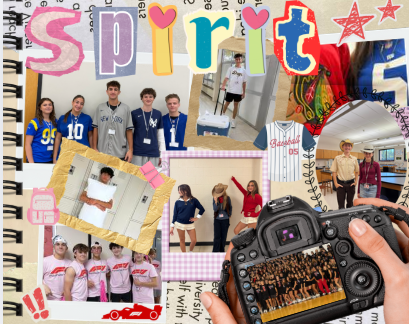In August, deadly wildfires swept across Hawaii, triggered by downed power lines and extremely dry conditions.
Being one of the nation’s deadliest disasters and killing more than 97 people, Hawaii declared a state of emergency on Aug. 9 to start hindering the severity of the fires. The exact number of casualties is unknown because of the severity of the situation.
Strong winds from Florida hurricanes caused the power lines to fall, and nearly 16 percent of Maui was in a severe drought, according to the U.S. Drought Monitor. Lāhainā was one of the most affected areas in Hawaii, almost completely destroyed; its history gone with the fires.
The dry conditions and drought made it much easier for the spark to catch and quickly spread across the land in Hawaii. The emergency systems were not enacted as they should have been when the fires originally started, hindering the protective services that should have started faster.
According to a Sept. 20 New York Times article, “compounding the trouble, none of the 80 warning sirens placed around the island were activated, there was a water shortage for firefighters, and the evacuation route was jammed with traffic.”
The chaos surrounding this disaster has led to the spread of misinformation and conspiracy theories. Some speculated that an energy weapon started the fires by a group of well-known leaders who want to clear the land, an Aug. 21 The Guardian article said. Others have said that global organizations started the fires to build cities with complex technology and restricted freedoms in the free and historic land of Hawaii.
Supporters of this theory claim that there was a conference in Maui about creating a smart city. The conspiracy theory says that the fires were used to clear the land, so that artificial intelligence (AI) could be used to control the area, an Aug. 21 The Guardian article said
This popular theory was proven incorrect. Instead of plotting to control Maui with AI, government leaders wanted to figure out how to adapt to new technology.
“What we are seeing after the Maui fire has been very similar to what we have seen after a number of disasters, man-made or otherwise, which is an attempt to blame a secret cabal for creating terrible conditions in order to usher in a new world order,” Mike Breen, Human Rights First chief executive office, said in a Aug. 21 The Guardian article.
The wildfires have reintroduced toxic theories, slowing the spread of true information. This means that help for Hawaii will be delayed because people do not know what is true and what’s a conspiracy theory. The “great replacement theory,” an idea popularized by various far-right leaders implies there is a systematic plan to replace white Americans, has been resurrected by the Maui wildfires.
“There is no truth to the horrendous assertion that the fires were deliberately set to raze the historic town of Lāhainā,” Hawaii gov. Josh Green said in an Aug. 16 AP News article.
The way that the media has dealt with the Maui wildfires shows how events are prioritized today and that it can hinder help to those who really need it, like the communities in Maui suffering from the deadly fires.
Photo credit: “Maui community of Lahaina burned by wildfire” by State Farm is licensed under (CC BY 2.0 DEED)
Photo credit: “Hawaii Big Island” by Pedro Szekely is licensed under (CC BY-SA 2.0 DEED)









